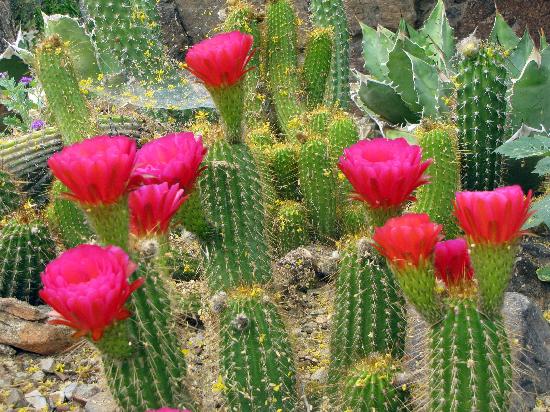Souvenir Sheet: Corydon sumatranus (Niger 2023)
Corydon sumatranus (Niger 2023)
20 April (Niger ) within release Cactuses and Birds (2023) goes into circulation Souvenir Sheet Corydon sumatranus face value 3,600 West African CFA franc
| Souvenir Sheet Corydon sumatranus in catalogues | |
|---|---|
| Colnect codes: | Col: NE 2023.04.20-010 |
Souvenir Sheet is square format.
Also in the issue Cactuses and Birds (2023):
- Mini Sheet - Cactuses and Birds face value 4*1000;
- Souvenir Sheet - Corydon sumatranus face value 3,600;
- Stamp - Opuntia decumbens, Harpactes oreskios face value 1,000;
- Stamp - Opuntia rhodantha, Serilophus lunatus face value 1,000;
- Stamp - Serilophus lunatus rubropygius, Opuntia decumbens face value 1,000;
Souvenir Sheet Corydon sumatranus it reflects the thematic directions:
Animals are multicellular, eukaryotic organisms of the kingdom Animalia (also called Metazoa). All animals are motile, meaning they can move spontaneously and independently, at some point in their lives. Their body plan eventually becomes fixed as they develop, although some undergo a process of metamorphosis later on in their lives. All animals are heterotrophs: they must ingest other organisms or their products for sustenance.
Birds (Aves), a subgroup of Reptiles, are the last living examples of Dinosaurs. They are a group of endothermic vertebrates, characterised by feathers, toothless beaked jaws, the laying of hard-shelled eggs, a high metabolic rate, a four-chambered heart, and a strong yet lightweight skeleton. Birds live worldwide and range in size from the 5 cm (2 in) bee hummingbird to the 2.75 m (9 ft) ostrich. They rank as the class of tetrapods with the most living species, at approximately ten thousand, with more than half of these being passerines, sometimes known as perching birds. Birds are the closest living relatives of crocodilians.
A cactus (pl.: cacti, cactuses, or less commonly, cactus) is a member of the plant family Cactaceae (/kækˈteɪsi.iː, -ˌaɪ/),[a] a family of the order Caryophyllales comprising about 127 genera with some 1,750 known species.The word cactus derives, through Latin, from the Ancient Greek word κάκτος (káktos), a name originally used by Theophrastus for a spiny plant whose identity is now not certain. Cacti occur in a wide range of shapes and sizes. They are native to the Americas, ranging from Patagonia in the south to parts of western Canada in the north, with the exception of Rhipsalis baccifera, which is also found in Africa and Sri Lanka. Cacti are adapted to live in very dry environments, including the Atacama Desert, one of the driest places on Earth. Because of this, cacti show many adaptations to conserve water. For example, almost all cacti are succulents, meaning they have thickened, fleshy parts adapted to store water. Unlike many other succulents, the stem is the only part of most cacti where this vital process takes place. Most species of cacti have lost true leaves, retaining only spines, which are highly modified leaves. As well as defending against herbivores, spines help prevent water loss by reducing air flow close to the cactus and providing some shade. In the absence of true leaves, cacti's enlarged stems carry out photosynthesis.



